This amazing trip takes hikers through old-growth forest, along naked ridges, around flowering meadows, and to the banks of alpine lakes. The route begins at the Sol Duc Trailhead and passes Sol Duc Falls. The term Sol Duc means "sparkling waters," and it is not difficult to understand why. The Sol Duc is one of the only rivers in the Olympic Peninsula that supports all five species of Pacific salmon.
Near Sol Duc Falls the Deer Lake Trail will lead south and start a steep climb up to Deer Lake. Many day hikers go only as far as Deer Lake, and backpackers will notice that the trail becomes less traveled past this point. After leaving Deer Lake, the High Divide Trail will wander past shallow lakes and in and out of the forest. During wildflower season, the colors in this area are stunning. The path continues to rise as the vistas become expansive and breathtaking.
Approximately 1 mile before the trail splits to go down to the Seven Lakes Basin, hikers will encounter the "Miracle Mile," a stretch of trail that is known for its wildflower variety. The split for the Seven Lakes Basin is well marked. The path winding down to the Seven Lakes Basin is steep and consists of man-made steps and switchbacks. While the adventure down to the basin is additional work, it is well worth a cool dip in the sapphire blue waters of Lunch Lake.
Hikers continuing along the High Divide Trail will want to watch the valley floor below, as a herd of resident elk frequents the area. The trail soon will reach the Hoh Lake junction. Around this area a path will climb up to Bogachiel Peak. The view of Mount Olympus and the Bailey Range from this peak are breathtaking and not to be missed. Once past Bogachiel Peak, hikers will continue on the High Divide Loop to the appropriately named Heart Lake. Berries are common in this area in the late summer and fall, and so are black bears looking for a sweet snack. From Heart Lake, hikers will find very few climbs in terrain as the route begins to descend. The trail down through Sol Duc Park brings hikers back into thick, lush forest areas near the Sol Duc River. Here hikers will find some of the park's oldest growth hemlock and fir in the area past Appleton Pass Trail. The area will become familiar again as hikers exit back past Sol Duc Falls.
Note that bear canisters must be used in this trail system, and that all overnight trips in Olympic National Park require a wilderness camping permit.

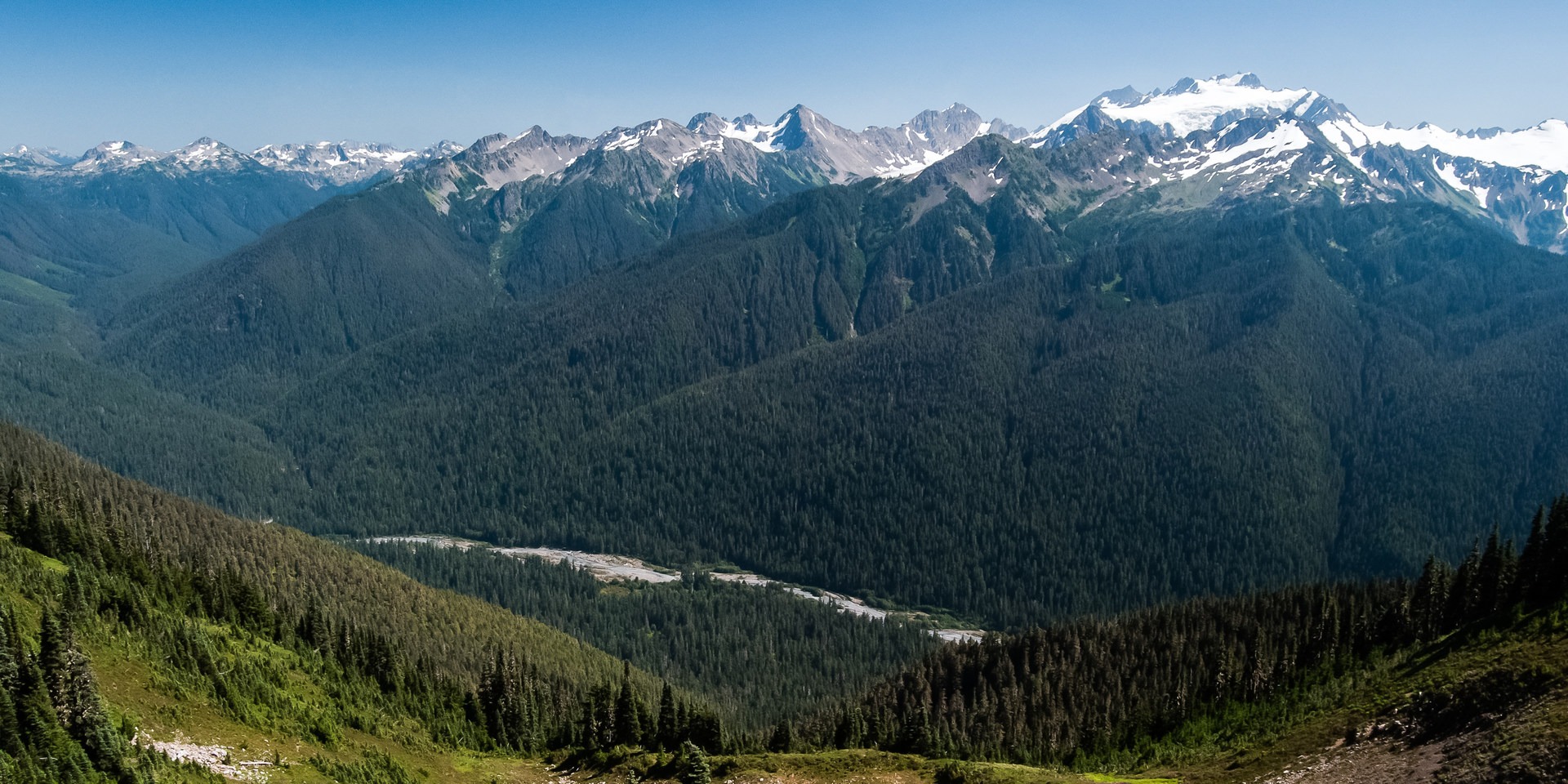


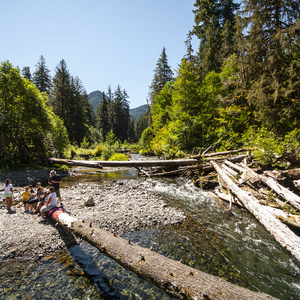
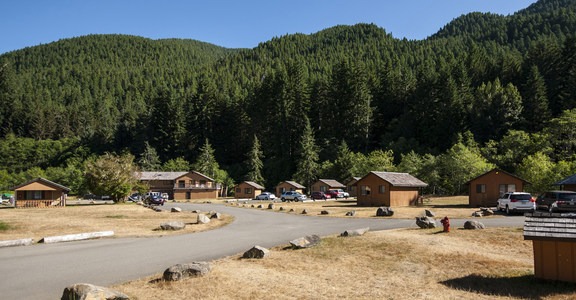
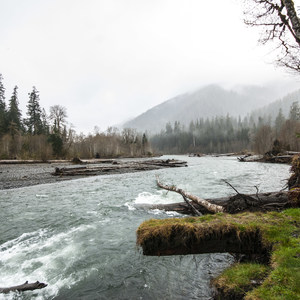
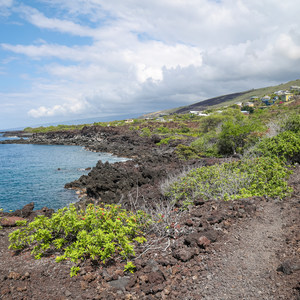
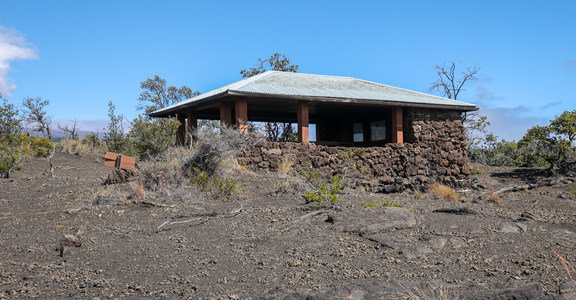
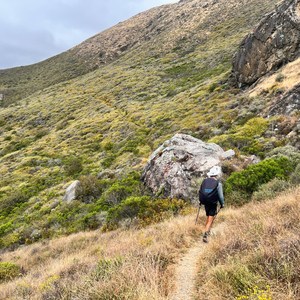
Comments
The traditional way to do this one is counter-clockwise, but we were unable to secure a backcountry permit early enough, so to stagger the campsites across the loop, the rangers gave us the option to do it in reverse. After reading up on this, a lot of backpackers mentioned that this is sort of a ‘hidden secret,’ so we figured why not. The one thing to note is that by doing it this way, there’s a lot more uphill in terms of length, so make sure to account for that time. We were essentially going uphill every day of the trip (the first 14 miles or so) except the final day, which was about 7 miles down, so if you do this the ‘right’ way, you get majority of the uphill out of the way on day 1. However, by doing it the ‘wrong’ way, the grade is not obscene and definitely handleable. Everytime you start to ‘dig deep,’ there’s something - whether it be a lake, a river, a vista - to help rejuvenate you for another push.
With that being said, there is no ‘wrong’ way.
Anyhow, after our final ‘real meal’ at the Springs Restaurant at the Sol Duc Hot Springs Resort, we parked our cars at the end of the road, strapped on our packs, and into the thicket we go-eth.
The trail started off in the old-growth forest as we followed along Sol Duc River to our first campsite of the night about 5 miles in. The mosquitos were not shy, at all, so for the first time in my life, I had to throw on a mosquito net (trust me, this turned out to be an extremely necessary accessory for this entire trip and worth every penny of the 3 dollars it cost me…), fired up the MSR stove, inhaled a Mountain House Strogonoff, and passed out to the sounds of the river just yards from my head.
The next day was a wondrous burner. We spent the first half climbing out of the old-growth in the sub-alpine range, where we were treated to insanely gorgeous meadows dotted with streams and wildflowers, alpine lakes, and sun-drenched ridge lines laden with everything from elk to bears. We took this opportunity to wash off in the river, devour some calories, and fill up our water bladders (a good place to do so as the next water source is in the 7 Lakes Basin a good 6 or 7 miles away).
Once we made it through the meadow and up along the ridge, our timing could not have been more perfect. On one side, we had Mount Olympus and the snow-capped mountains surrounding it, slathered in ridiculous pink and blue and purple hues from the setting sunlight, and then, on the other side, being separated from a seemingly endless range of golden-sun-lit tree-covered mountains by nothing but a valley filled with shimmering alpine lake after lake. (I have a 360˚ photo on my blog, where I also have a much more detailed account of the entire trip, that you might want to check out: http://www.wasimofnazareth.com/blog/2017/9/10/my-olympic-national-park-zen-and-some-not-so-zen-moments-backpacking-the-high-divide-loop)
Our campsite for that night was Silver Snag, which was situated right on the ridge-line overlooking Mount Olympus. This was too much! We woke up the next day to clouds covering much of the landscape, but got super lucky when she decided to indulge us for a few minutes by revealing her snow-capped face for a short peek through the cloud cover.
And she was glorious.
And then she was gone.
And that’s when the fog rolled in and it started to lightly drizzle. We figured we’d wait it out for a bit with a nap, but that was rudely interrupted by a family of mountain goats that, eh, look so cute and cuddly from afar, but, well, were quite the aggressive buggers. We were warned by the rangers and locals of their aggression, and were told everything from yell at them to throw rocks at them if they get too crazy. We kept scaring them away, but with each successful attempt to get them away from the campsite, they got bolder and angrier. Eventually one of us had to keep watch and scare them away, while the other two of us packed up camp (quick tip, use your tent rain fly and shake it in the air violently…that seems to do the trick, until they come back again, which they will. Oh they will…).
We continued on and as we began to dip into the 7 Lakes Basin, the fog began to slowly clear, revealing the surreal landscape before us…rolling hills with scattered lakes, both shallow and temporary ones formed by visible snowmelt, and deeper bodies of water that are more permanent features of the terrain. We spent the next few hours navigating the trails that snaked besides the lakes as we descended deeper into the valley towards Lunch Lake, our home for the night. Here, we were treated to a gorgeous scene as the rest of the fog cleared through the valley just in time to reveal a local deer population grazing just steps away from us as the sun set for the night.
The following morning was the toughest part of the hike. After filling up our water supply at Lunch Lake, we were faced with the climb out of the basin, a 1000 foot elevation gain in just under a mile or so of rocky switchbacks. However, if you do this in the summer, you’ll have small streams created by melt from patches of snow that dot the basin.
Dip your hat in it.
Oh my god…dip your hat in it!
And then when you get towards the top, turn around as you’re rewarded with an epic view of the valley (I’ve also got a 360˚ photograph of this, along with other views from the trail, on my blog at the link above if you want to check them out).
Once you get to the top, we followed the ridge for another couple of miles or so, where Mount Olympus made a final appearance to bid us farewell before beginning our descent back into the old-growth (if you pay close attention, just before you get into the thicket, as the sub-alpine levels begin to meet the forest, there are patches of blueberries that line the trail, and they are DELICIOUS!).
Anyhow, we made it to Deer Lake just in time to watch the final rays of sun dance across the treetops and shimmer across the water before the homestretch - 3 final miles through the old-growth, past the Sol Duc Falls, and back to where it all started…
To read the full account and see all of the pictures, check out http://www.wasimofnazareth.com/blog/2017/9/10/my-olympic-national-park-zen-and-some-not-so-zen-moments-backpacking-the-high-divide-loop
Til’ the next one…
Sign In and share them.